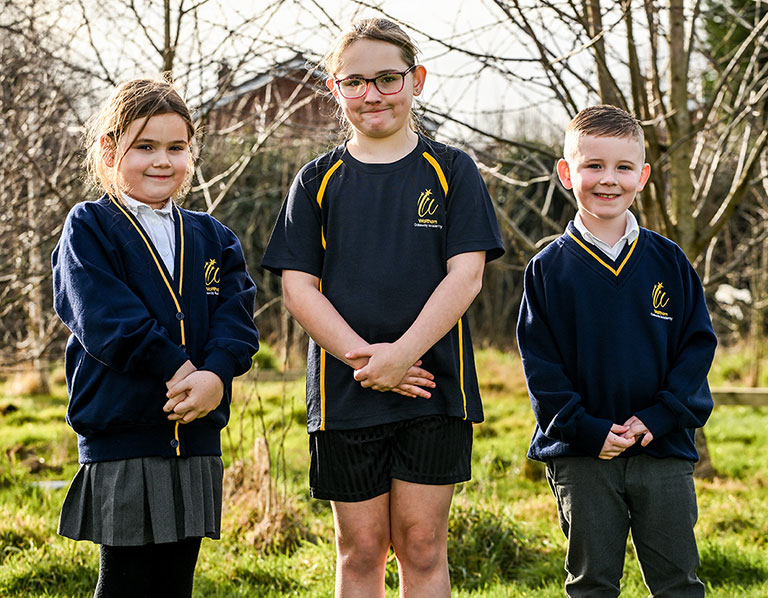How will we ensure knowledge is secure?
Assessment opportunities will be built in throughout each topic. This will mainly be in the form of on-going assessments in lessons and throughout topics, though may also end of topic tests to assess knowledge. Lessons will be structured to give children constant opportunities to retrieve knowledge, through simple questioning and a wide range of activities. There will be a focus on constant re-visiting of knowledge both from recent and less recent lessons, to help constantly retrieve and build a bank of deep knowledge that can be recalled.
Using the intra-curricular approach through topics and schemas, the intention will be to build up this knowledge across year groups. For example, in Year 1, students might look at knowledge categories of location, physical features and human features when studying The United Kingdom in Geography – those same knowledge categories will be taught through the topic of Continents and Oceans – thereby, giving the students the opportunity to make links and remember/retrieve knowledge from previous work.
Topics are mapped and sequenced across each subject and each year group so as to build on prior knowledge.
We use milestones at the end of each phase, which inform what knowledge and skills should be taught across each milestone. These are linked to national curriculum requirements and link to our on-going assessment. In some subjects, we have started preparing exemplar responses to support staff with expectations and to help children aspire to high quality outcomes. Using the same example as outlined above, below is an example of such exemplar responses:
- ‘Do you agree that the invention of the steam engine was the most important innovation of the Industrial Revolution period? Give reasons for your answer. ‘Though there were many key inventions and innovations that led to the Industrial Revolution, it is clear that the invention of the steam engine was the most significant. Firstly, as coal was needed to heat water to make steam, factories were opened near to supplies of water and coal which led to the growth of large, important towns in areas such as the Midlands and the North West of England…’
- Describe what life was like in factories in Britain during the early period of the Industrial Revolution. ‘In the 1800s, it became common place to employ women and children to work in factories. Conditions in many factories were challenging and often dangerous. For example, children often had to work 12–14 hour shifts, 6 days a week. In addition, there was little safety equipment, so children would often get injured or killed by fast-moving machinery…’



